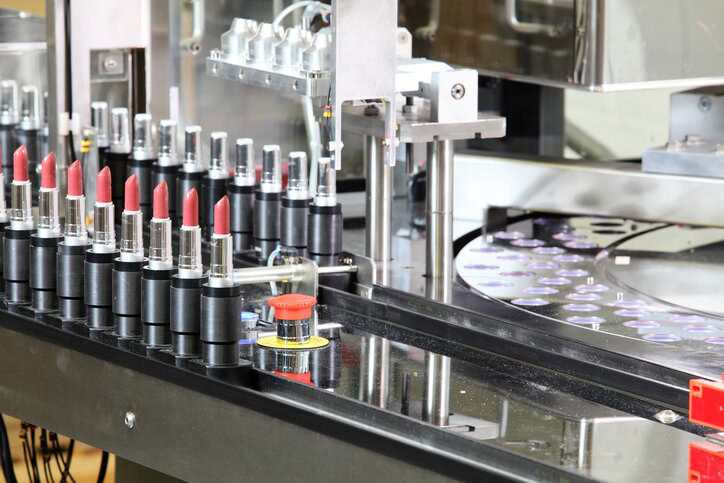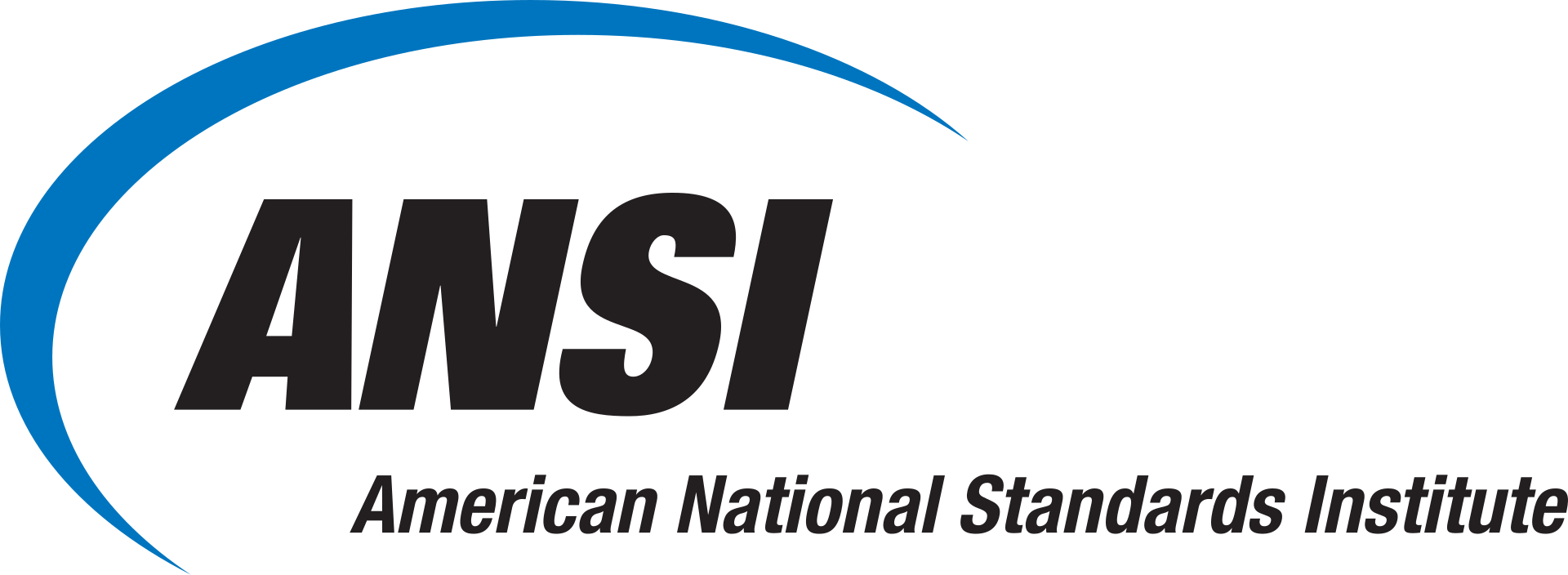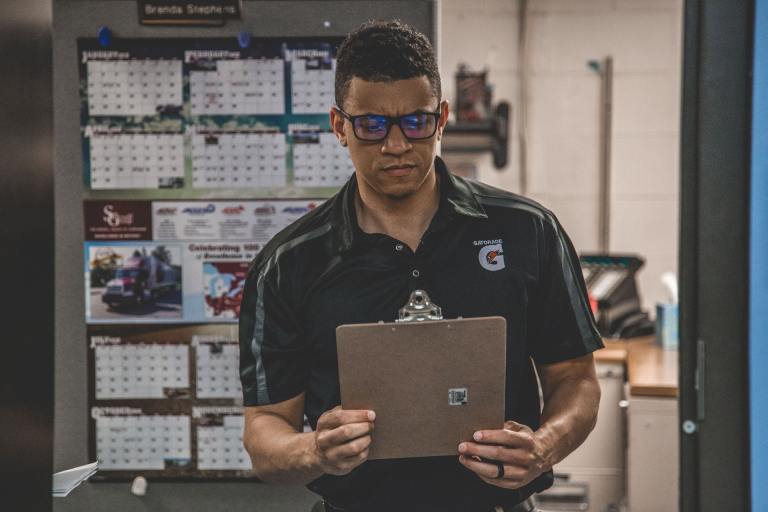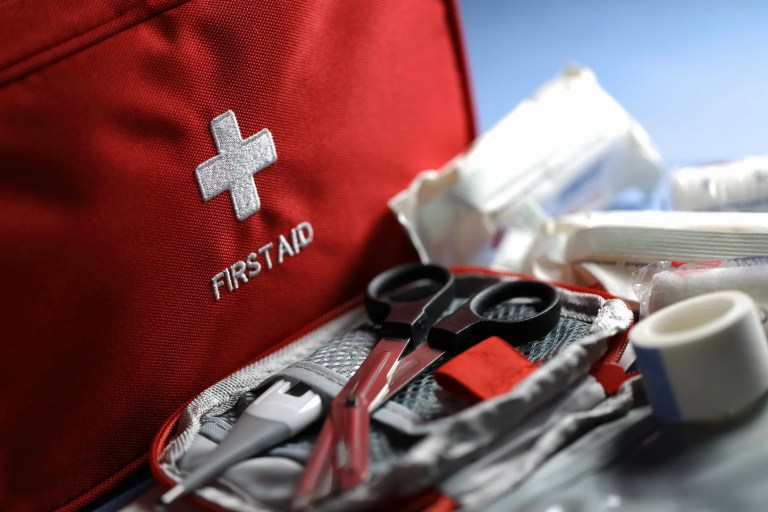ISO 22716:2007— Manufacturing Practices for Cosmetics

In the United States, the FDA regulates cosmetics under the Federal Food, Drug, and Cosmetic Act (FD&C Act). The FDA, however, does not require pre-market approval of products or ingredients (except for color additives). Instead, manufacturers are responsible for assuring their products are safe. One such way to do so is to follow Cosmetic Good Manufacturing Practices (GMPs): a set of comprehensive guidelines that help cosmetic businesses consistently manufacture products that are safe and of high quality. ISO 22716:2007—Cosmetics – Good Manufacturing Practices (GMP) – Guidelines on Good Manufacturing Practices provides guidelines for GMPs in the cosmetics industry.
Good Manufacturing Practices (GMPs) for Cosmetics
Good Manufacturing Practices (GMPs) are crucial in cosmetic manufacturing to assure product safety, quality, and consistency. Cosmetics here refers to goods or materials intended to alter, enhance, cleanse, or groom one’s face or body. They can range from makeup and fragrances to products such as soap, lip balms, shower gels, creams, lotions, body powders, and hair products.
According to ISO 22716:2007, GMPs constitute the practical development of the quality assurance concept through the description of the plant activities that are based on sound scientific judgement and risk assessments. These guidelines assist cosmetic manufactures in proactively controlling production variables to consistently give to high-quality products.
GMPs cover various aspects of the manufacturing process, from ingredient sourcing to packaging, shipping, and storage. These practices help identify and mitigate risks associated with production that can impact product quality and safety. Simply put, GMPs are critical to protect consumers and maintain brand reputation and product integrity, and the ISO 22716:2007 guidelines form the internationally accepted standard related to cosmetic GMP.
What Is ISO 22716?
ISO 22716:2007 gives guidelines for the production, control, storage, and shipment of cosmetic products. The international standard provides organizational and practical advice on the management of the human, technical, and administrative factors affecting product quality. The document details that personnel involved in production, control, storage, and shipment should have skills based on relevant training and experience acquired, or any combination thereof, that are appropriate to their responsibilities and activities.
ISO 22716:2007 is not applicable to research and development activities and distribution of finished products.
Benefits of Following Cosmetic GMP
No matter how small or large a cosmetic business is, awareness of GMP can help spearhead effective quality assurance practices that lead to better business and brand confidence. GMP is not only about safety and contamination, but also having the ability to control all of the various factors that influence the eventual quality of a finished product. When implemented, GMP supports continuous improvements that ultimately result in enhanced customer satisfaction and brand loyalty.
GMPs for Cosmetic Equipment Design
ISO 22716:2007 details that production equipment should be designed to prevent contamination of the product, for example:
- Bulk product containers should be protected from air contaminants, such as dust and moisture.
- Transfer hoses and accessories that are not in use should be cleaned and, if necessary sanitized, kept dry, and protected from dust, splash, or other contamination.
- The material used in the construction of equipment should be compatible with products and the cleaning and sanitizing agents.
ISO 22716:2007—Cosmetics – Good Manufacturing Practices (GMP) – Guidelines on Good Manufacturing Practices is available on the ANSI Webstore.






